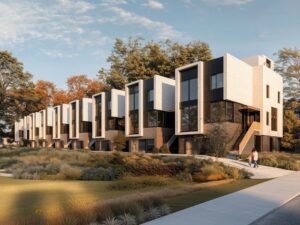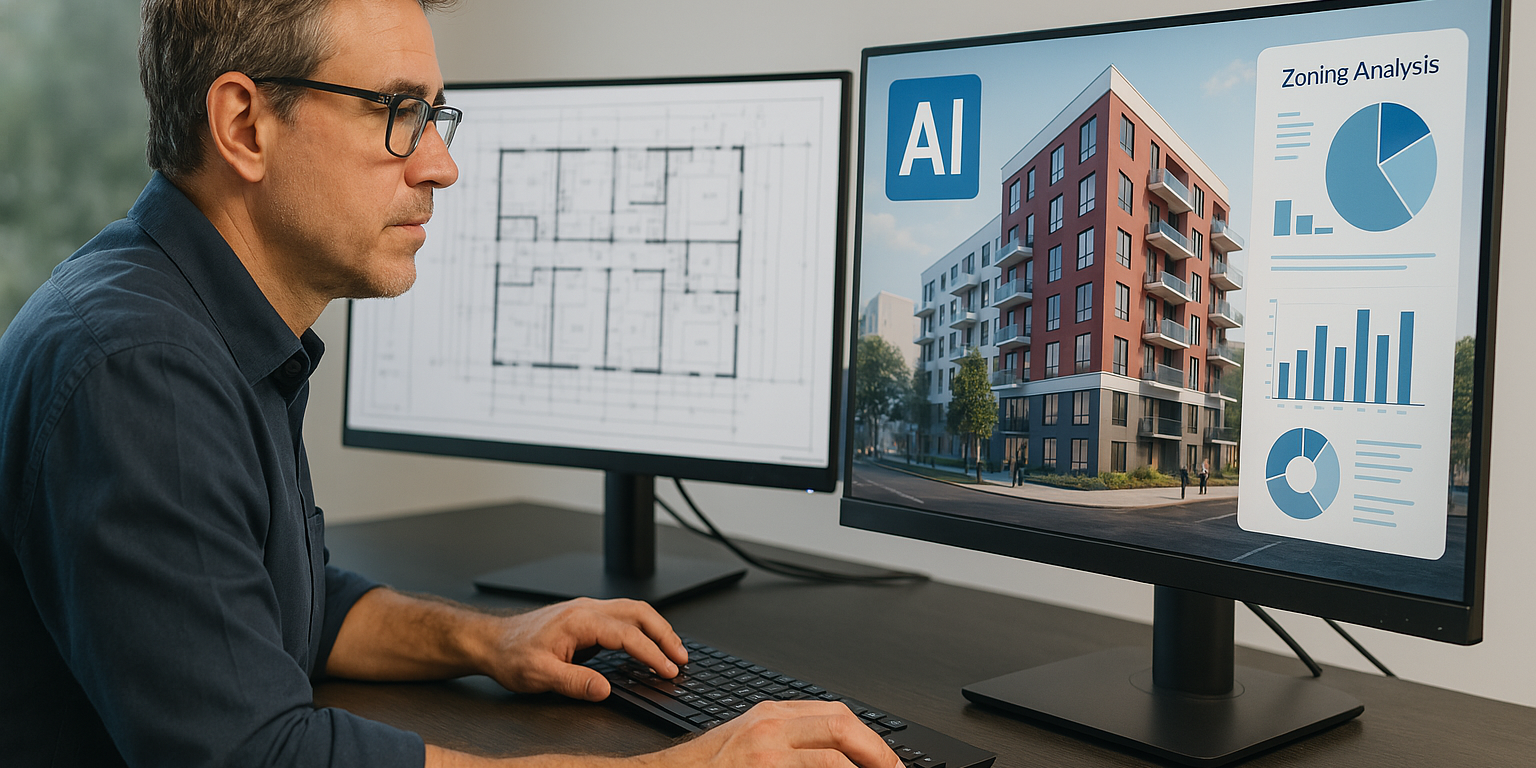 While computer-aided design has long been the standard tool for architectural design, the widespread adoption of artificial intelligence (ai) in architecture remains in its infancy. It’s estimated that a very small percentage of architects currently leverage AI in their workflows. However, the potential for transformative change is undeniable, and a few pioneering firms are beginning to explore its capabilities.
While computer-aided design has long been the standard tool for architectural design, the widespread adoption of artificial intelligence (ai) in architecture remains in its infancy. It’s estimated that a very small percentage of architects currently leverage AI in their workflows. However, the potential for transformative change is undeniable, and a few pioneering firms are beginning to explore its capabilities.
Cove.inc, an Atlanta-based design technology company, recently demonstrated the power of AI by designing and permitting a multi-family project entirely using the technology. As detailed in a Fast Company article, their workflow significantly reduced the time it took to create design drawings to just 17 days, leveraging two in-house AI frameworks: Vitras.ai and ARK_BIM. This AI workflow highlights AI’s potential to streamline the traditionally labor-intensive design process. This project offers a glimpse into a future where AI handles much of the grunt work.
Cove explained in a recent article that Vitras.ai sifts through volumes of data that would otherwise take a human team weeks to process and surfaces critical insights in real-time. It flags cost variables, highlights code or FEMA compliance issues, and pinpoints potential red flags with over 95% accuracy. This capability is not just about speed, but about reducing the risk of costly errors.
One area where AI could prove particularly valuable is zoning analysis. Architects often spend countless hours sifting through hundreds of pages of codes to ensure project compliance. AI, with its ability to rapidly process and analyze large datasets, could automate this process quickly identifying relevant zoning regulations and potential roadblocks. This would free up architects to focus on more creative and strategic aspects of design.
Furthermore, AI could be a powerful tool for cost estimation and report generation. For example, AI’s ability to quickly evaluate cost estimates and compile reports has the potential to dramatically improve efficiency. Imagine AI reviewing hundreds of cost estimates, comparing them to historical data, and flagging potential discrepancies. Compiling reports such as COMcheck to demonstrate energy code compliance is a tedious but necessary task. AI could automate the data collection and analysis required for these reports, ensuring accuracy and efficiency.
 Beyond streamlining design and reporting, AI can also optimize material selection to maximize operational cost reductions. By analyzing factors such as local climate, building orientation, and energy consumption patterns, AI algorithms can identify the most efficient materials for building envelopes, HVAC systems, and lighting. This data-driven approach allows architects to make informed decisions that minimize energy consumption and reduce long-term operating expenses. AI can, for instance, compare the insulating properties of various wall assemblies, and weigh them against local energy costs to determine the most cost-effective option over the building’s lifespan. AI can also compare the performance of various window glazing options, or the efficiency of different HVAC systems. This allows for a much more optimized building that reduces energy consumption and long-term operating costs.
Beyond streamlining design and reporting, AI can also optimize material selection to maximize operational cost reductions. By analyzing factors such as local climate, building orientation, and energy consumption patterns, AI algorithms can identify the most efficient materials for building envelopes, HVAC systems, and lighting. This data-driven approach allows architects to make informed decisions that minimize energy consumption and reduce long-term operating expenses. AI can, for instance, compare the insulating properties of various wall assemblies, and weigh them against local energy costs to determine the most cost-effective option over the building’s lifespan. AI can also compare the performance of various window glazing options, or the efficiency of different HVAC systems. This allows for a much more optimized building that reduces energy consumption and long-term operating costs.
However, it’s crucial to recognize that AI is not a replacement for human expertise. While it can automate certain tasks and provide valuable insights, it cannot replicate the nuanced understanding and local knowledge that experienced architects possess. A local architect brings invaluable insights to the table. They are familiar with the intricacies of the local code, understand what to expect during the permitting process, and have established relationships with the relevant jurisdiction. They also possess the ability to design in a way that minimizes construction costs, a skill honed through years of practical experience.
AI is a powerful tool, but it’s most effective when used to complement the skills and experience of human architects. It can streamline workflows, provide data-driven insights, and automate tedious tasks, allowing architects to focus on what they do best: creating innovative and functional designs that meet the unique needs of their clients and communities. This shift will allow architects to concentrate on the strategic and creative aspects of their work, significantly improving overall project efficiency.








